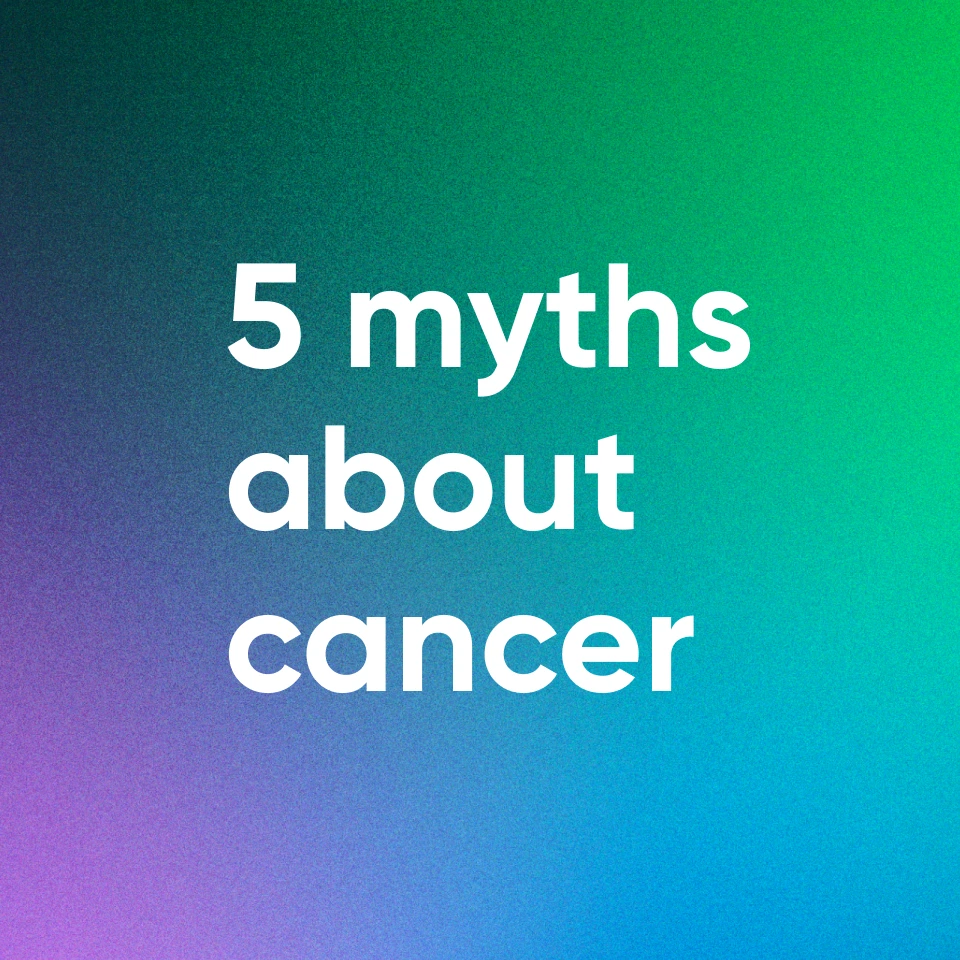Breast cancer remains one of the most common diagnoses among women. About 1 in 8 women in the United States will develop breast cancer in their lifetime, and it accounts for nearly 1 in 3 cancers diagnosed in women each year. It’s also the second leading cause of cancer death among women, after lung cancer.
Those numbers may be anxiety-inducing. But here’s a hopeful truth: breast cancer outcomes are improving dramatically, largely thanks to early detection and better treatment options. Since 1989, mortality has declined by 43%. Today, when breast cancer is caught at stage 1, the five-year survival rate is close to 99%.
With October as Breast Cancer Awareness Month, this is a reminder that screening isn’t just a recommendation, it’s a proven way to save lives. Awareness is important, but action is what changes outcomes.
How early detection changes the story
Breast cancer is not a single disease, it can vary in aggressiveness, genetic drivers, and response to treatment. But across types, stage at diagnosis is one of the strongest predictors of survival.
- Stage 1 breast cancer has a five-year survival rate of about 99%.
- Stage 4 breast cancer—the most advanced stage—drops survival rates closer to 32%.
When screening identifies a tumor before it spreads beyond the breast, women often face shorter, less intensive treatments and better quality of life during recovery.
This is why every missed or delayed screening matters. During the COVID-19 pandemic, mammography rates declined sharply. In its aftermath, researchers have observed an increase in later-stage diagnoses in some populations. Delays of even a year or two can mean the difference between catching a small, localized tumor and facing a more advanced cancer.
Why mammograms matter
Mammography remains the frontline screening tool, and for good reason.
- It’s widely available, safe, and relatively quick.
- It can detect tumors before they are palpable
- It has been proven to reduce breast cancer mortality.
Medical guidelines recommend mammograms every 1 - 2 years from ages 40-74, though women at higher risk may need to start earlier or screen more frequently.
But, like many tests, mammograms aren’t perfect. They’re less sensitive in women with dense breast tissue, which affects about 40% of women. Dense tissue can mask or hide on mammograms, and also potentially raise the risk of breast cancer.
The early warning signs of breast cancer
Screenings are powerful because breast cancer doesn’t always announce itself with clear symptoms. In fact, many early-stage cancers are silent, detectable only through imaging.
That said, it’s important to know what to watch for. Common early warning signs can include a new lump or thickening in the breast or underarm, changes in breast size or shape, dimpling or puckering of the skin, nipple discharge that isn’t breast milk, or persistent breast pain in one area. Some changes may be subtle, which makes regular self-awareness and routine screening an important combination.
The key takeaway: symptoms can help guide you, but they are not a substitute for screening. By the time a change is noticeable, cancer may already be more advanced. Imaging is what makes it possible to catch the silent cases.
Where supplemental screening fits in
For women with dense breasts, a strong family history, or known genetic predisposition such as BRCA1 or BRCA2 mutations, supplemental screenings may be something to consider. This can include ultrasound or whole body MRI.
Prenuvo’s whole body MRI is not a replacement for mammography, but it may be a complementary tool that offers unique advantages such as:
- Higher sensitivity for dense tissue compared to mammography
- A broader view of the body by detecting abnormalities not just in the breast but also in the liver, brain, and/or lymph nodes.
- A comprehensive baseline for women who want a detailed picture of their internal health, especially those with elevated risk profiles.
- Non-invasive and radiation-free, providing health checks without harmful exposure.
Take action without fear
While breast cancer remains common, the data is strong that outcomes are better when it’s found early. That’s why mammograms, the foundation of breast cancer screening, are so important. Alongside them, knowing your personal risk factors such as family history or breast density helps you make more informed choices about your health. And if you want a complete picture, supplement tools like whole body MRI can provide added information.
To learn more about the benefits of whole body MRI, book a call with our care team.




.webp)


